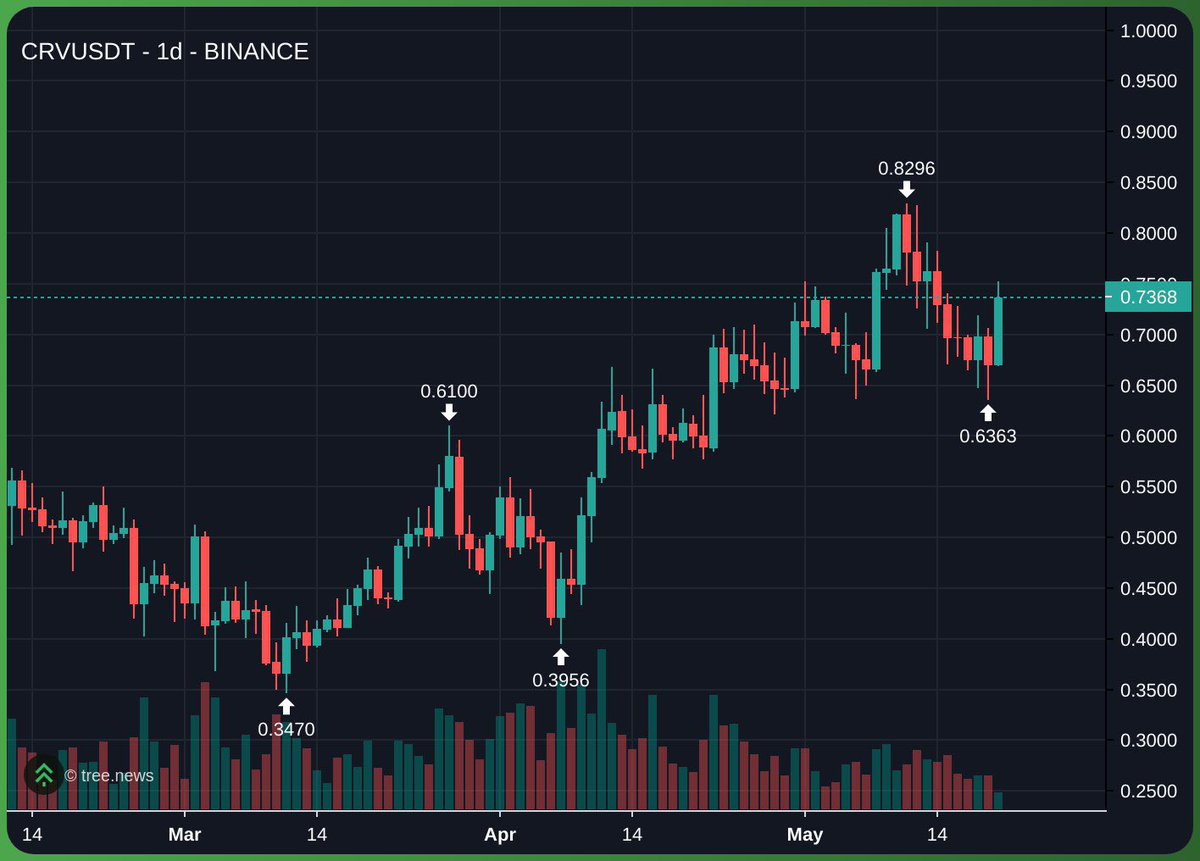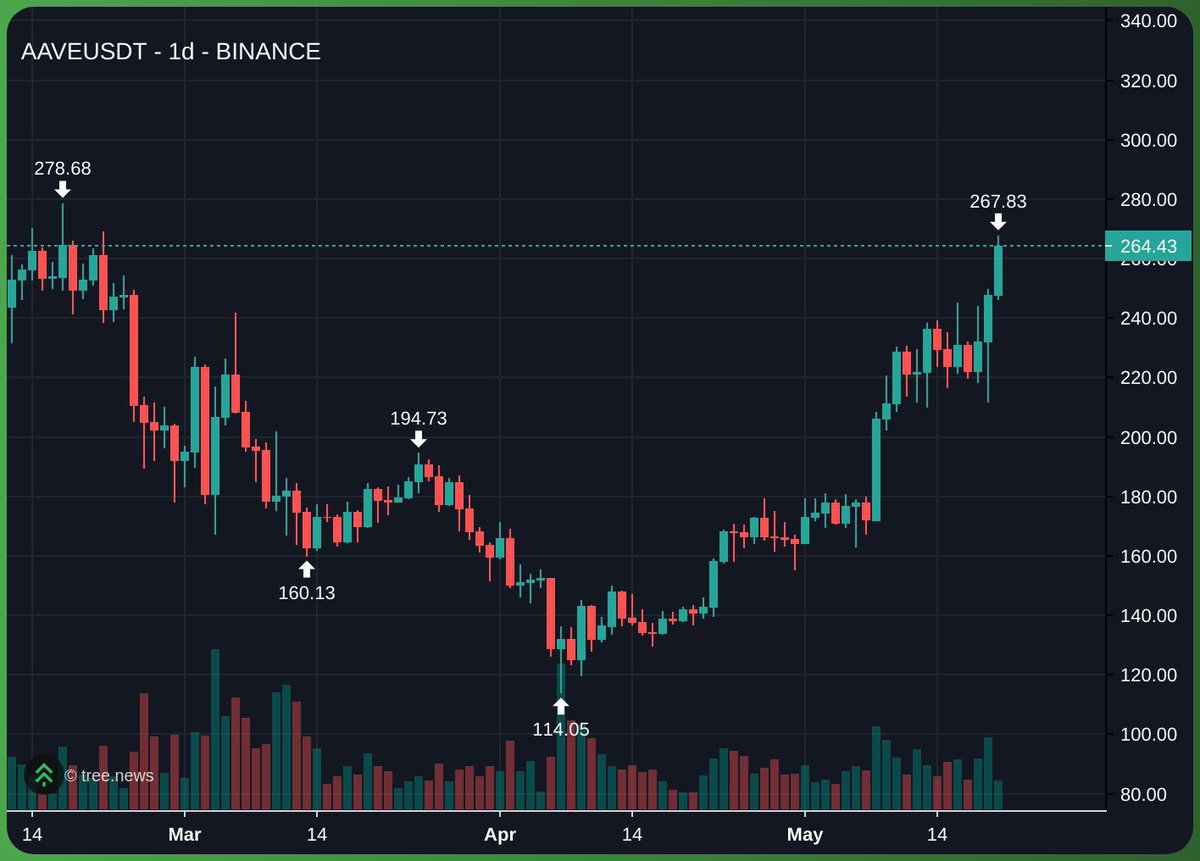$CRV and $AAVE both had a big rise today.
For me, these two protocols are not targets to chase after a rise, but underlying assets worth repeatedly buying.
A drop is an opportunity, and when it rises, just watch quietly. Faith is never just talk; it's about having the ability to hold onto clearly structured things for the long term.
Assets that can truly withstand cycles are not afraid of waiting.


"In the past two months, the number of TradFi institutions contacting us for DeFi data has been more than ever before."
——@0xngmi, Co-founder of DefiLlama
👆This is an important signal: TradFi is systematically researching DeFi.
They are not here for the narrative, but are re-evaluating:
Which protocols have clear structures, controllable risks, and clear logic for returns—that is, which can fit into their risk control frameworks and configuration models.
I believe that in such evaluations, Aave and Curve are the two cases most likely to be noticed by institutions:
Aave: The most standard on-chain lending protocol
Floating interest rates, collateral rules, liquidation lines, standard logic, transparent parameters
The isolated market mechanism introduced by Aave V3 aligns with the "risk partition" management approach of institutions
Open full-chain data, friendly interfaces, suitable for risk control modeling and backtesting
To TradFi, it resembles a "composable, non-custodial banking system."
Curve: The underlying clearing layer for stablecoin liquidity
Low slippage AMM mechanism, supports large stablecoin exchanges, is a natural "on-chain forex market"
veCRV + bribe model, gradually understood as a structure combining on-chain governance and yield rights
With the trend of stablecoins becoming cross-border settlement tools, its system role is increasingly being noticed
Institutions researching Curve are not looking at price fluctuations, but at clearing efficiency and governance rationality.
They want structure, not narrative.
Whether DeFi can enter their view depends on:
1: Is the data structure clear?
2: Is the yield model predictable?
3: Can risk parameters be implemented?
4: Can it be integrated into existing systems?
By the time these protocols have truly passed institutional research, testing, and modeling validation, the market's pricing method for them may have already changed.
I will also compile a list of "protocols being researched by TradFi" later.
If you know of any projects being quietly researched, feel free to contribute. 🍺
88
33.7K
The content on this page is provided by third parties. Unless otherwise stated, OKX is not the author of the cited article(s) and does not claim any copyright in the materials. The content is provided for informational purposes only and does not represent the views of OKX. It is not intended to be an endorsement of any kind and should not be considered investment advice or a solicitation to buy or sell digital assets. To the extent generative AI is utilized to provide summaries or other information, such AI generated content may be inaccurate or inconsistent. Please read the linked article for more details and information. OKX is not responsible for content hosted on third party sites. Digital asset holdings, including stablecoins and NFTs, involve a high degree of risk and can fluctuate greatly. You should carefully consider whether trading or holding digital assets is suitable for you in light of your financial condition.

